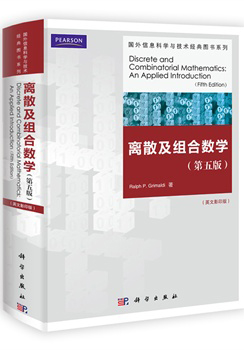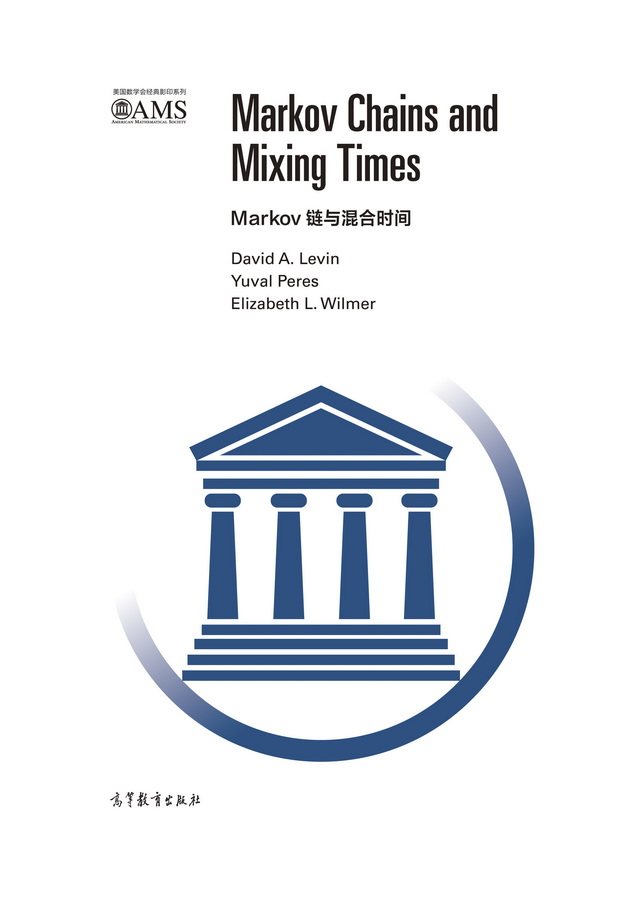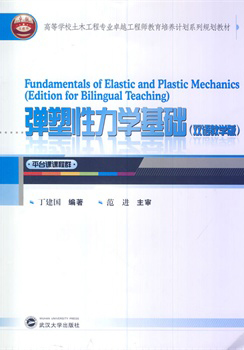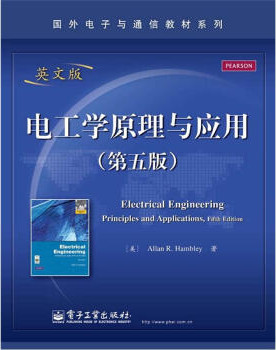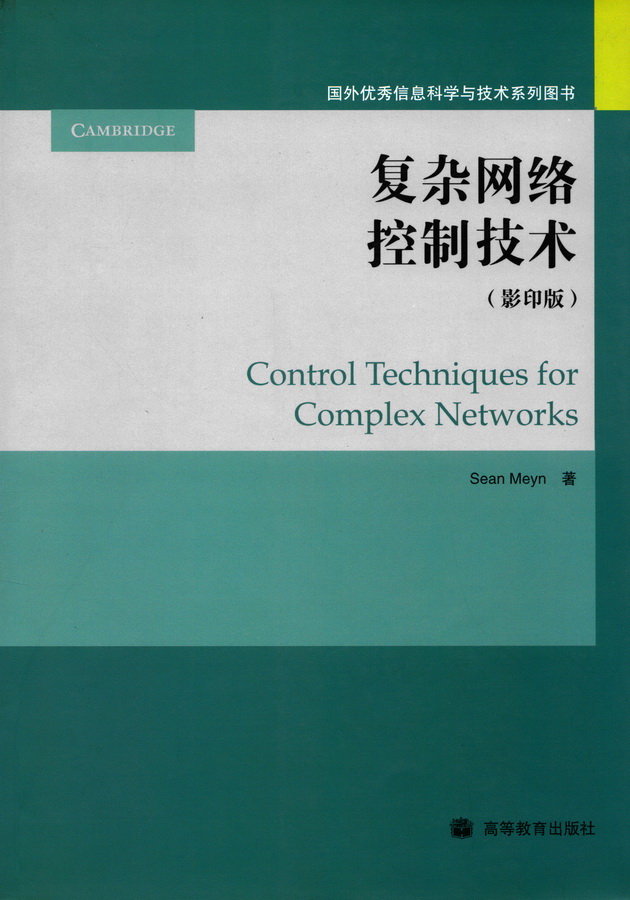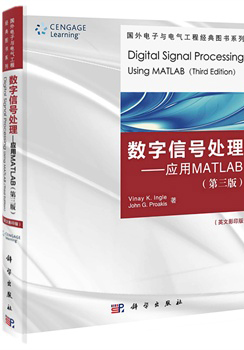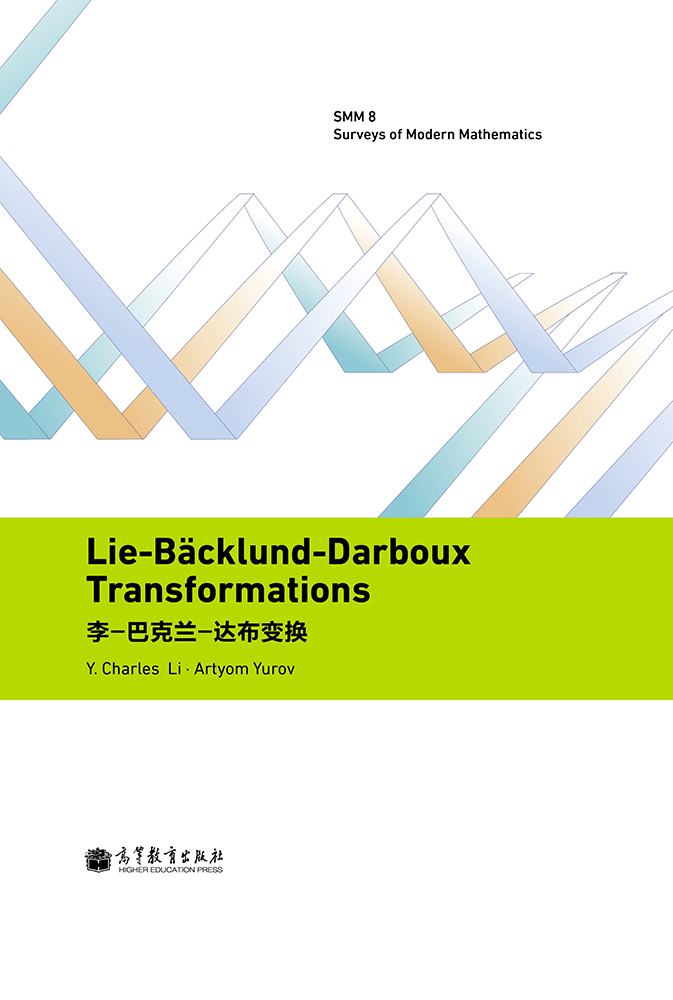离散及组合数学(第五版)(影印版) / 国外信息科学与技术经典图书系列
¥116.00定价
作者: Ralph P.Grimaldi
出版时间:2012-07
出版社:科学出版社
- 科学出版社
- 9787030349569
- 1-1
- 30481
- 45159427-9
- 平装
- 16开
- 2012-07
- 900
- 980
- 理学
- 数学
- O158
- 计算机科学、软件等
- 本科
内容简介
《离散及组合数学(第5版英文影印版)》由Ralph P. Grimaldi著,内容主要由四部分组成:(1)基本离散结构,包括集合论与逻辑、函数与关系、语言与有限状态自动机;(2)组合数学,包括排列组合、容斥原理、生成函数、递推关系、鸽巢原理:(3)图论及其应用,包括图论基本知识、树、最优化与匹配;(4)现代应用代数,包括环论与模算术、布尔代数与交换函数、群、编码理论、波利亚计数方法、有限域与组合设计。
《离散及组合数学(第5版英文影印版)》可作为计算机、软件工程和电子类相关专业的本科生或研究生教材,也可供工程技术人员参考。
《离散及组合数学(第5版英文影印版)》可作为计算机、软件工程和电子类相关专业的本科生或研究生教材,也可供工程技术人员参考。
目录
PART 1 Fundamentals of Discrete Mathematics
1 Fundamental Principles of Counting
1.1 The Rules of Sum and Product
1.2 Permutations
1.3 Combinations: The Binomial Theorem
1.4 Combinations with Repetition
1.5 The Catalan Numbers (Optional)
1.6 Summary and Historical Review
2 Fundamentals of Logic
2.1 Basic Connectives and Truth Tables
2.2 Logical Equivalence: The Laws of Logic
2.3 Logical Implication: Rules of Inference
2.4 The Use of Quantifiers
2.5 Quantifiers, Definitions, and the Proofs of Theorems
2.6 Summary and Historical Review
3 Set Theory
3.1 Sets and Subsets
3.2 Set Operations and the Laws of Set Theory
3.3 Counting and Venn Diagrams
3.4 A First Word on Probability
3.5 The Axioms of Probability (Optional)
3.6 Conditional Probability: Independence (Optional)
3.7 Discrete Random Variables (Optional)
3.8 Summary and Historical Review
4 Properties of the Integers: Mathematical Induction
4.1 The Well-Ordering Principle: Mathematical Induction
4.2 Recursive Definitions
4.3 The Division Algorithm: Prime Numbers
4.4 The Greatest Common Divisor: The Euclidean Algorithm
4.5 The Fundamental Theorem of Arithmetic
4.6 Summary and Historical Review
5 Relations and Functions
5.1 Cartesian Products and Relations
5.2 Functions: Plain and One-to-One
5.3 Onto Functions: Stirling Numbers of the Second Kind
5.4 Special Functions
5.5 The Pigeonhole Principle
5,6 Function Composition and Inverse Functions
5.7 Computational Complexity
5.8 Analysis of Algorithms
5.9 Summary and Historical Review
6 Languages: Finite State Machines
6.1 Language: The Set Theory of Strings
6.2 Finite State Machines: A First Encounter
6.3 Finite State Machines: A Second Encounter
6.4 Summary and Historical Review 332
7 Relations: The Second Time Around
7.1 Relations Revisited: Properties of Relations
7.2 Computer Recognition: Zero-One Matrices and Directed Graphs
7.3 Partial Orders: Hasse Diagrams
7.4 Equivalence Relations and Partitions
7.5 Finite State Machines: The Minimization Process
7.6 Summary and Historical Review
PART 2 Further Topics in Enumeration
8 The Principle of Inclusion and Exclusion
8.1 The Principle of Inclusion and Exclusion
8.2 Generalizations of the Principle
8.3 Derangements: Nothing Is in Its Right Place
8.4 Rook Polynomials
8.5 Arrangements with Forbidden Positions
8.6 Summary and Historical Review
9 Generating Functions
9.1 Introductory Examples
9.2 Definition and Examples: Calculational Techniques
9.3 Partitions of Integers
9.4 The Exponential Generating Function
9.5 The Summation Operator
9.6 Summary and Historical Review
10 Recurrence Relations
10.1 The First-Order Linear Recurrence Relation
10.2 The Second-Order Linear Homogeneous Recurrence Relation with Constant Coefficients
10.3 The Nonhomogeneous Recurrence Relation
10.4 The Method of Generating Functions
10.5 A Special Kind of Nonlinear Recurrence Relation (Optional)
10.6 Divide-and-Conquer Algorithms (Optional)
10.6 Summary and Historical Review
PART 3 Graph Theory and Applications
11 An Introduction to Graph Theory
11.1 Definitions and Examples
11.2 Subgraphs, Complements, and Graph Isomorphism
11.3 Vertex Degree: Euler Trails and Circuits
11.4 Planar Graphs
11.5 Hamilton Paths and Cycles
11.6 Graph Coloring and Chromatic Polynomials
11.7 Summary and Historical Review
12 Trees
12.1 Definitions, Properties, and Examples
12.2 Rooted Trees
12.3 Trees and Sorting
12.4 Weighted Trees and Prefix Codes
12.5 Biconnected Components and Articulation Points
12.6 Summary and Historic
1 Fundamental Principles of Counting
1.1 The Rules of Sum and Product
1.2 Permutations
1.3 Combinations: The Binomial Theorem
1.4 Combinations with Repetition
1.5 The Catalan Numbers (Optional)
1.6 Summary and Historical Review
2 Fundamentals of Logic
2.1 Basic Connectives and Truth Tables
2.2 Logical Equivalence: The Laws of Logic
2.3 Logical Implication: Rules of Inference
2.4 The Use of Quantifiers
2.5 Quantifiers, Definitions, and the Proofs of Theorems
2.6 Summary and Historical Review
3 Set Theory
3.1 Sets and Subsets
3.2 Set Operations and the Laws of Set Theory
3.3 Counting and Venn Diagrams
3.4 A First Word on Probability
3.5 The Axioms of Probability (Optional)
3.6 Conditional Probability: Independence (Optional)
3.7 Discrete Random Variables (Optional)
3.8 Summary and Historical Review
4 Properties of the Integers: Mathematical Induction
4.1 The Well-Ordering Principle: Mathematical Induction
4.2 Recursive Definitions
4.3 The Division Algorithm: Prime Numbers
4.4 The Greatest Common Divisor: The Euclidean Algorithm
4.5 The Fundamental Theorem of Arithmetic
4.6 Summary and Historical Review
5 Relations and Functions
5.1 Cartesian Products and Relations
5.2 Functions: Plain and One-to-One
5.3 Onto Functions: Stirling Numbers of the Second Kind
5.4 Special Functions
5.5 The Pigeonhole Principle
5,6 Function Composition and Inverse Functions
5.7 Computational Complexity
5.8 Analysis of Algorithms
5.9 Summary and Historical Review
6 Languages: Finite State Machines
6.1 Language: The Set Theory of Strings
6.2 Finite State Machines: A First Encounter
6.3 Finite State Machines: A Second Encounter
6.4 Summary and Historical Review 332
7 Relations: The Second Time Around
7.1 Relations Revisited: Properties of Relations
7.2 Computer Recognition: Zero-One Matrices and Directed Graphs
7.3 Partial Orders: Hasse Diagrams
7.4 Equivalence Relations and Partitions
7.5 Finite State Machines: The Minimization Process
7.6 Summary and Historical Review
PART 2 Further Topics in Enumeration
8 The Principle of Inclusion and Exclusion
8.1 The Principle of Inclusion and Exclusion
8.2 Generalizations of the Principle
8.3 Derangements: Nothing Is in Its Right Place
8.4 Rook Polynomials
8.5 Arrangements with Forbidden Positions
8.6 Summary and Historical Review
9 Generating Functions
9.1 Introductory Examples
9.2 Definition and Examples: Calculational Techniques
9.3 Partitions of Integers
9.4 The Exponential Generating Function
9.5 The Summation Operator
9.6 Summary and Historical Review
10 Recurrence Relations
10.1 The First-Order Linear Recurrence Relation
10.2 The Second-Order Linear Homogeneous Recurrence Relation with Constant Coefficients
10.3 The Nonhomogeneous Recurrence Relation
10.4 The Method of Generating Functions
10.5 A Special Kind of Nonlinear Recurrence Relation (Optional)
10.6 Divide-and-Conquer Algorithms (Optional)
10.6 Summary and Historical Review
PART 3 Graph Theory and Applications
11 An Introduction to Graph Theory
11.1 Definitions and Examples
11.2 Subgraphs, Complements, and Graph Isomorphism
11.3 Vertex Degree: Euler Trails and Circuits
11.4 Planar Graphs
11.5 Hamilton Paths and Cycles
11.6 Graph Coloring and Chromatic Polynomials
11.7 Summary and Historical Review
12 Trees
12.1 Definitions, Properties, and Examples
12.2 Rooted Trees
12.3 Trees and Sorting
12.4 Weighted Trees and Prefix Codes
12.5 Biconnected Components and Articulation Points
12.6 Summary and Historic

